How to Fix Microsoft Intune not Syncing?
Microsoft Intune stops syncing because of closed Firewall ports. This also occurs if the device is registered to multiple organizations or has disabled Enterprise Mobility + Security.
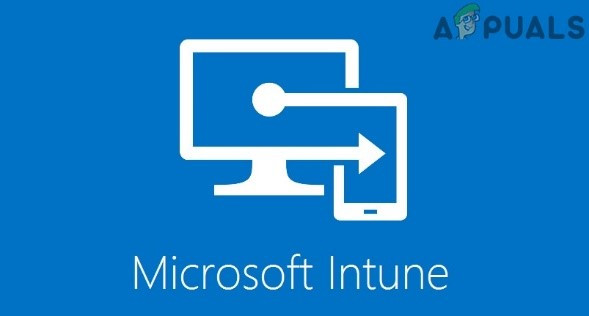
What Causes Microsoft Intune Not Syncing?
- Closed Firewall Port 444 of the System: Microsoft Intune uses Firewall port 444 to communicate with its servers. If port 444 is closed then it can cause syncing issues.
- Device Registered to Multiple Organizations: If your device is registered to more than one organization, then it can force Microsoft Intune not to sync to a single account.
- Disabled Enterprise Mobility + Security: If Enterprise Mobility + Security is disabled then it can cause Microsoft Intune into the current issue.
Before trying the solution make sure that you have admin access to the system. Also, you will need admin access to the office 365 portal.
1. Open Firewall Port 444
Microsoft Intune uses specific Firewall port 444 to communicate with its servers and the internet, this port should be opened for the application. In some cases, the port is opened automatically by the application and it has instant access to the internet. However, in some cases, the port needs to be opened manually otherwise the application is blocked from using the internet until the port is opened. We will use Windows Defender Firewall to demonstrate the process of opening port 444, you may user instruction specific to your system’s firewall.
- Press Windows key and type ‘Windows Defender Firewall’ and in the resulting list, click on Windows Defender Firewall with Advanced Security.
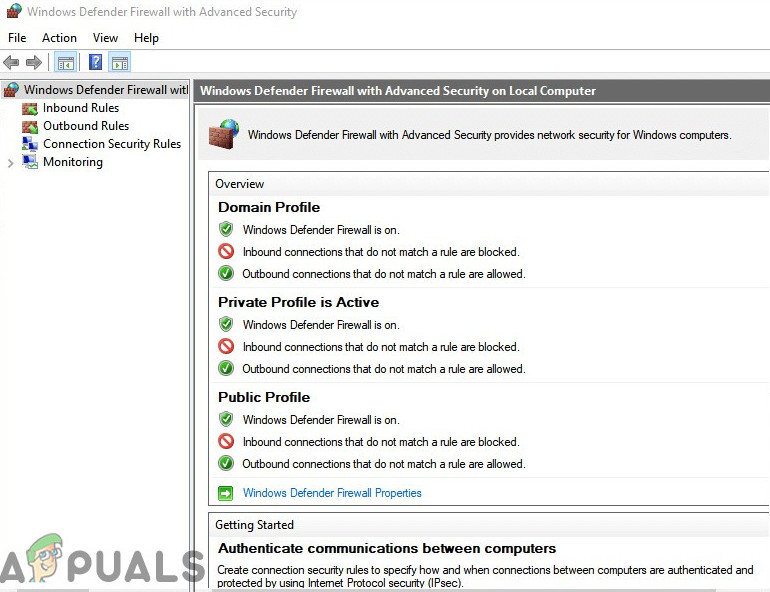
Windows Defender Firewall with Advanced Security. - In the left pane of the window, Right-click Inbound Rules and then select New Rule.

Create New Rule in Firewall - Select Port and click Next.
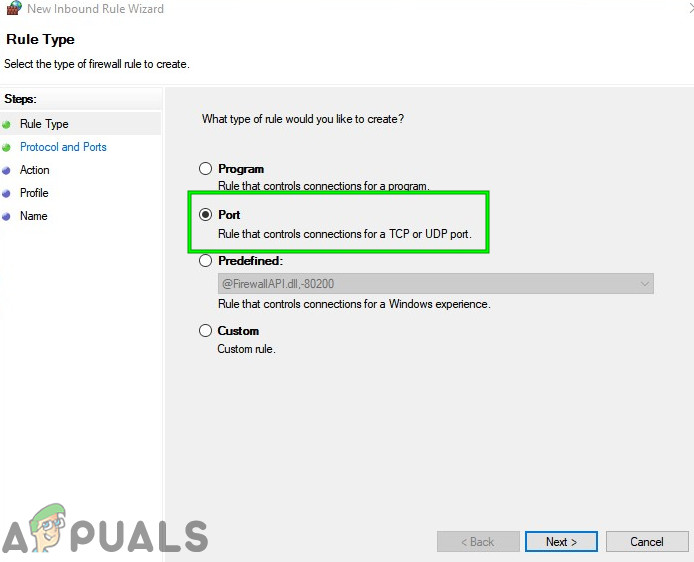
Select Port in New Rule in Firewall - Select the TCP or UDP protocol option for your port.
- Then enter the port number 444 in the Specific local ports.

Enter port number 444 in the Specific local ports box - Select the Allow the connection.
- Click the Next button to open Profile options.
- Click Next again, and then enter a title for the firewall rule.
- Press the Finish
2. Unregister the Device from Other Organizations
If a user device is registered with multiple organizations then Intune shows the error of sync could not be initiated. In that case, unregistering the device from all organizations except one may solve the problem.
- Press the Windows button and type “settings” and in the resulting list click on “settings”.

Open Settings in Windows Search - Select Accounts in Settings.
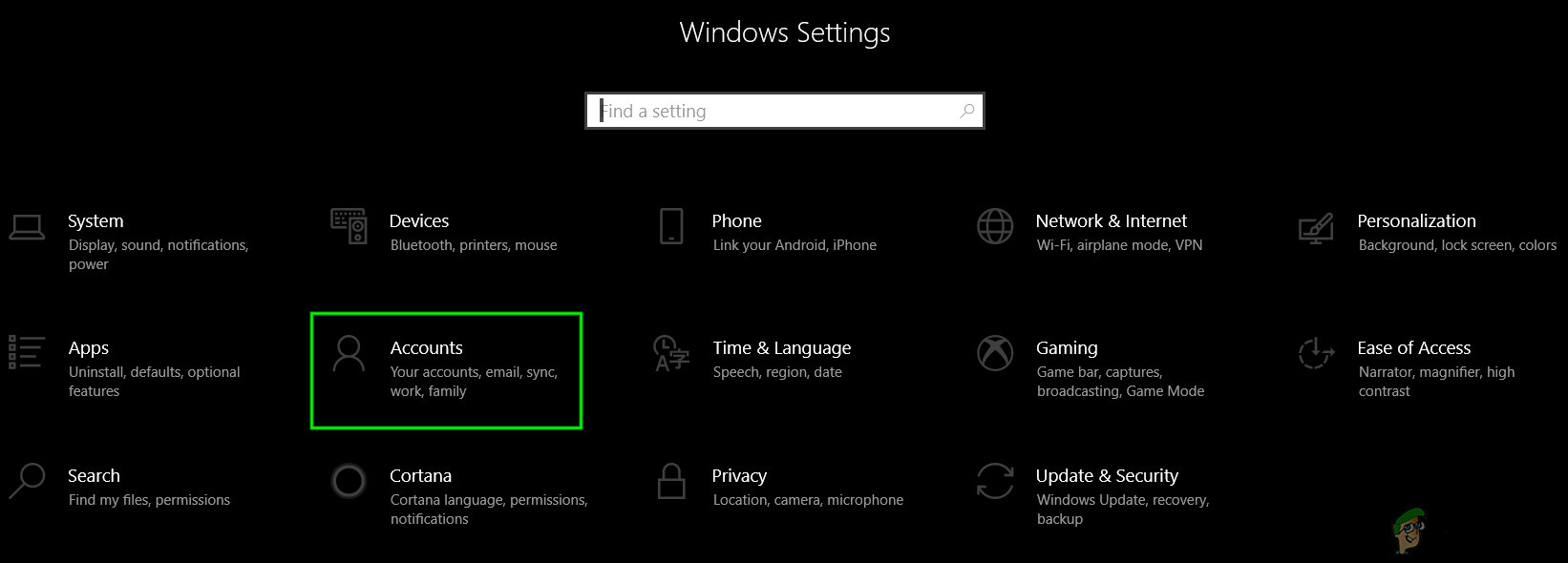
Open Accounts in Windows Settings - Click Access work or school on the left of the Settings window.
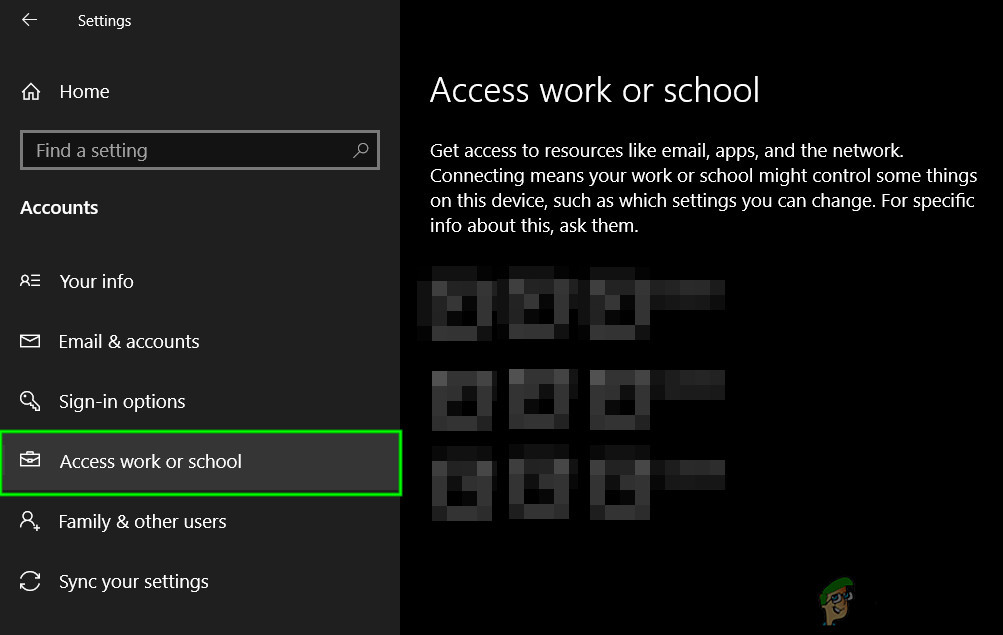
Access Work or School Account - If the device is connected with another organization, select the listed account for it.
- Then click the Disconnect button for the selected account. Then the user will have one organization account for Intune listed there.
- Restart the system and check if Microsoft sync has started to work.
3. Enable Enterprise Mobility + Security in Office 365 Portal
If Enterprise Mobility + Security in Office 365 admin portals is disabled then Microsoft Intune stops syncing. Even though this isn’t a requirement of the feature, it seems that there is a bug that prevents the syncing process from starting. Enabling Enterprise Mobility + Security may solve the problem.
- Open office 365 admin portal.
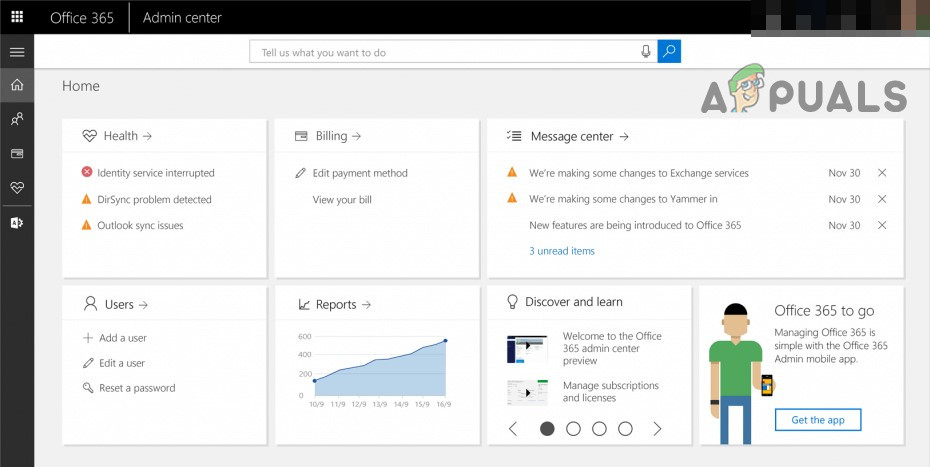
Office 365 Admin Center - Select the user account that is facing the syncing error.
- Click the Edit button for Product licenses.
- Then turn on Enterprise Mobility + Security E if it’s not enabled.
- Restart the affected device to resync it. Open the Settings app in Windows 10.
- Then click Access work or school and resync the device from there.




